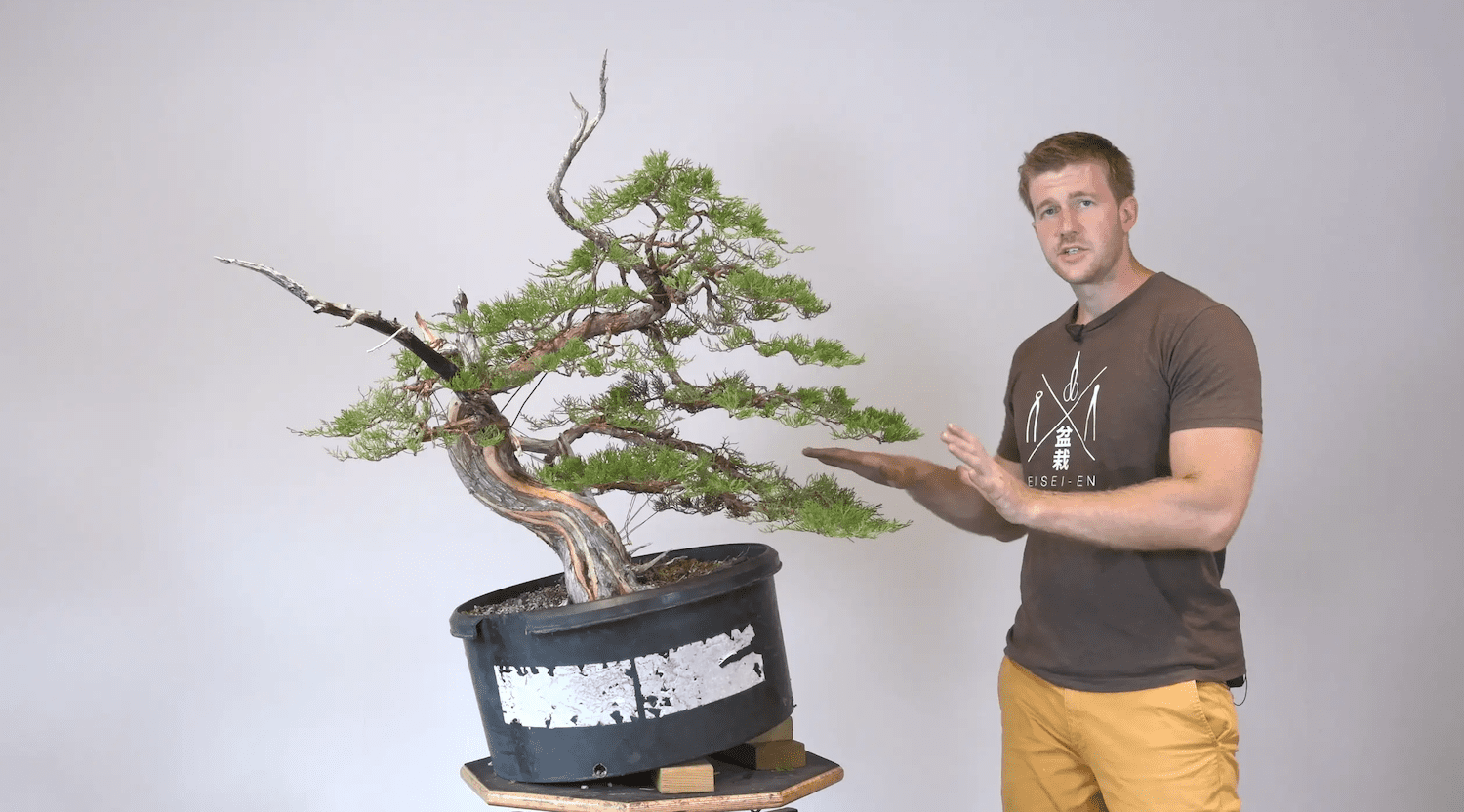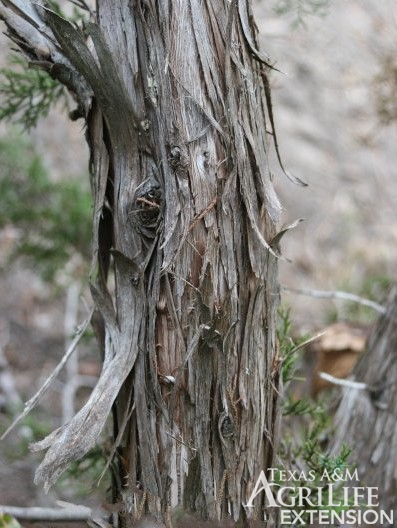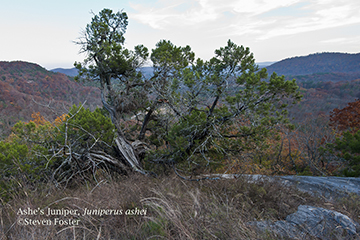

He advised me that although the moth larvae caused damage, they did not cause widespread mortality in the Ashe juniper and the trees generally recovered. Ron Billings, Chief Entomologist for the Texas A&M Forest Service, who was responsible for helping to identify the culprit moth in the 2002 outbreak. Could there have been a juniper budworm moth outbreak in our area in 2011? When I looked at an image of the juniper budworm moth on the web, I was amazed to find that I had photographed that species of moth (or one very similar) on our property on April 25, 2012. The Texas A&M Forest Service identified the moth and published a pest management report concerning the event. An outbreak of the juniper budworm was documented in Travis, Hays, Blanco and Comal Counties in 2002. The spruce budworm causes significant damage to the firs of the northwest. Juniper Budworm Moth (Cudonigera houstonana).Another reported insect of concern for Ashe junipers is the larva of the juniper budworm moth ( Cudonigera houstonana), a moth related to the spruce budworm. Usually the mites are eliminated with a good rain. As the mites feed, they protect themselves with fine webbing, which gives the leaves a grayish appearance. When present in large numbers the effect of their feeding causes the juniper leaves to turn brown and drop. During the dry year of 2011 New Mexico documented infestations of the small mites that feed on the sap sucked from the twigs of mature trees.

The only cause was the drought.Īn infestation of spider mites is another possible cause of damage to Ashe junipers, especially with the dry weather. From another neighbor I heard that there has been a significant loss of mature Ashe junipers on a ranch that he visited in the western part of the Hill Country. However in extended droughts it too can become overly stressed and may not recover. It grows well in most of our Hill Country soils and doesn’t seem to mind the “normal” wet and dry cycles of our climate. Unlike the Spanish oak the Ashe juniper species does not have a reputation for being a fragile tree. The soil under the trees, enriched by the decomposition of junipers leaves, is associated not only with cedar sage (Salvia roemeriana) but also with one of our more temperamental but unique trees, the Texas madrone. The bark of mature trees is used for nesting by the Golden-cheeked warbler and Ashe juniper is the host plant for the juniper hairstreak butterfly. Juniper hairstreak on Ashe juniper.But the Ashe juniper also provides lots of shade, stops or slows soil erosion, makes a screen for privacy and is a good source for posts.

More recent studies have raised questions about both accusations. Ranchers have long accused the species of suppressing grass and hogging water. Also native to the canyons of the Hill Country, even when much of the area was prairie, it has become more widespread with the suppression of fire as a land management tool. It is an evergreen tree with dark green foliage with a native range that extends from Southern Missouri south through parts of Arkansas and Oklahoma, into New Mexico and the central and western parts of Texas. The tree that we all refer to as “cedar” in the Hill Country is more properly named Ashe’s juniper, Ashe juniper, mountain cedar or blueberry juniper ( Juniperus ashei). Were those trees victims of the drought or could they have died from another cause? My second thought was that not many people worry about a dead or dying “cedar tree.”īut as I thought more about it, I began to wonder about the “cedar trees” that we have died at our house, including some that were very mature. My initial thought was that this was a drought problem and Mark Duff, with the Texas Forest Service, could give better answers that I could. Drought or insect damage?Recently a neighbor, Richard Caldwell, sent me an email about a “cedar tree” that was dying and asking what could be done about it.


 0 kommentar(er)
0 kommentar(er)
